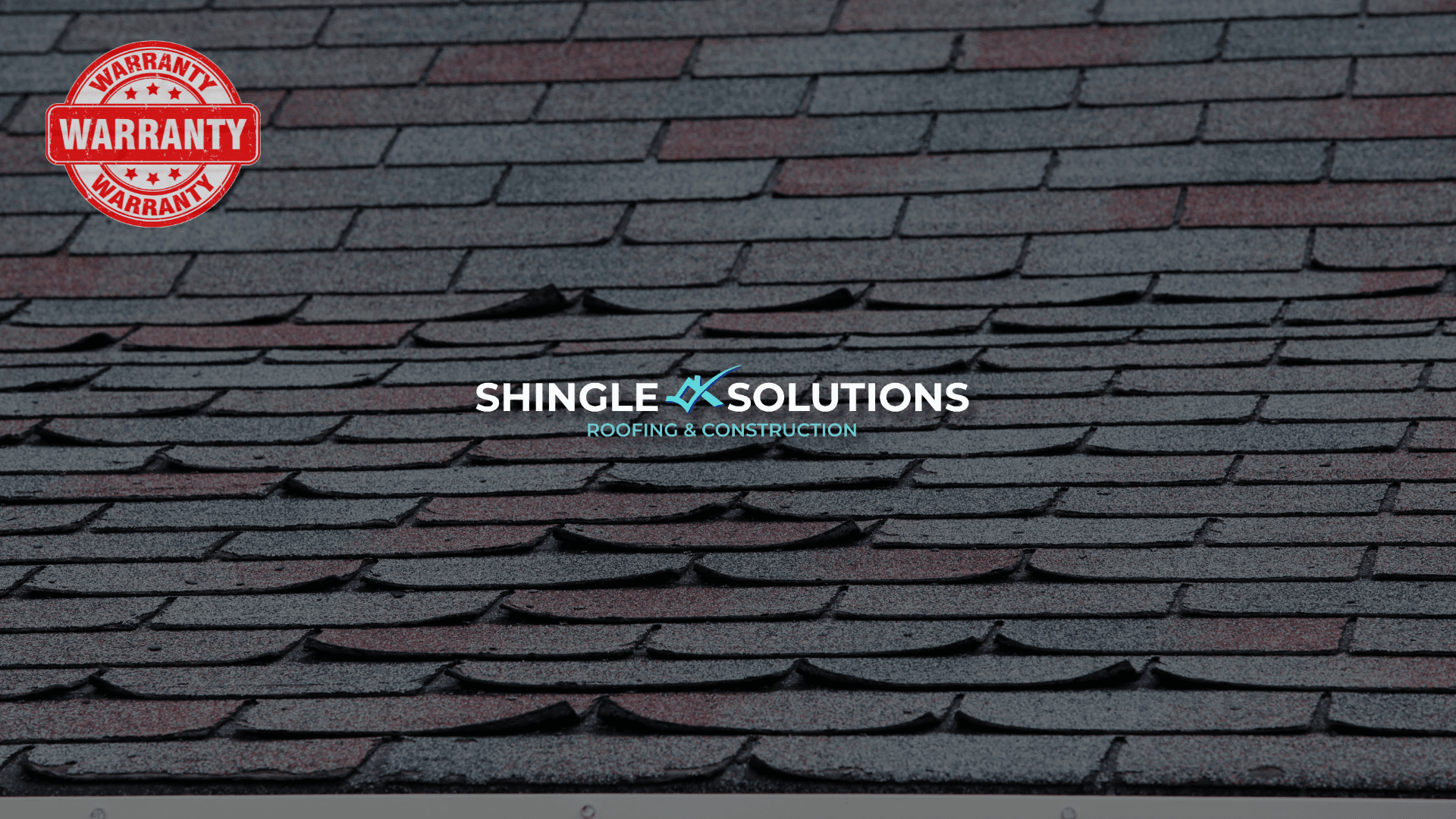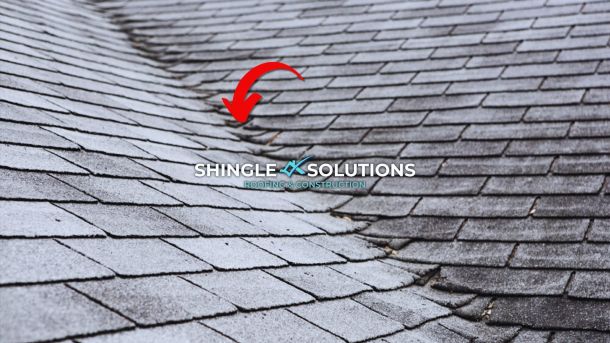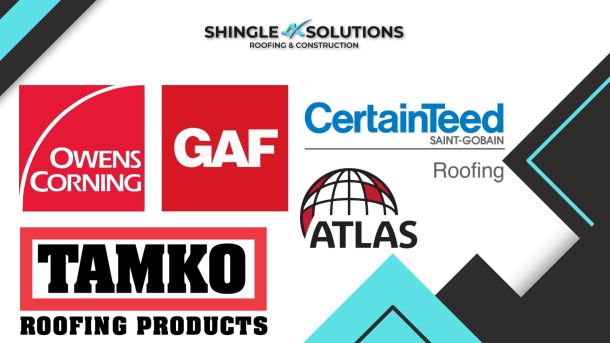Shingle Warranties 101
Your home’s roof is one of its most critical components, protecting everything beneath it from the elements. Understanding shingle warranties can seem daunting, but it’s essential knowledge for every homeowner. This guide will walk you through everything you need to know about protecting your roofing investment.
Understanding Different Types of Shingle Warranties
When you purchase new shingles for your roof, you’ll typically encounter two main types of warranty coverage:
Manufacturer’s Limited Lifetime Warranty
The most common warranty type covers manufacturing defects in the shingles themselves. Most major manufacturers like GAF, Owens Corning, and CertainTeed offer these warranties, which typically include:
- Protection against manufacturing defects
- Coverage for material costs during the initial period (usually 10-50 years)
- Prorated coverage after the initial period
- Limited transferability to a new homeowner
Workmanship Warranties
While manufacturer warranties cover the materials, workmanship warranties protect against installation errors. These warranties:
- Are provided by your roofing contractor
- Usually last 2-10 years
- Cover installation-related issues and labor costs
- Vary significantly between contractors
What’s Actually Covered?
It’s crucial to understand that not all roof damage is covered under warranty. Most warranties specifically cover:
- Manufacturing defects
- Premature deterioration
- Material failure under normal conditions
Common exclusions include:
- Storm damage (covered by homeowner’s insurance instead)
- Improper installation (unless you have a workmanship warranty)
- Poor ventilation
- Natural wear and tear
- Modifications after installation
Maintaining Your Warranty Coverage
To keep your warranty valid, you’ll need to:
- Register your warranty promptly after installation
- Keep all documentation and proof of purchase
- Schedule regular roof inspections
- Maintain proper attic ventilation
- Document any maintenance or repairs
The Fine Print: Important Considerations
Before relying on your warranty coverage, understand these key points:
Transferability
If you sell your home, some warranties can transfer to the new owner, usually with some limitations. This feature can add value to your home, but typically requires:
- A transfer fee
- Proper documentation
- Transfer within a specific timeframe
- Written notification to the manufacturer
Pro-rated Coverage
Most long-term warranties include pro-rated coverage after the initial period. This means the coverage amount decreases over time based on the roof’s age.
Installation Requirements
To maintain warranty coverage, your shingles must be installed:
- According to manufacturer specifications
- By a certified contractor
- With proper ventilation
- Using complete roofing systems from the same manufacturer
Making a Warranty Claim
If you notice issues with your shingles, follow these steps:
- Document the damage with photos and notes
- Contact your contractor for an inspection
- Gather your warranty documentation
- File a claim with the manufacturer
- Follow up regularly on your claim’s status
Cost vs. Value: Enhanced Warranty Options
Many manufacturers offer enhanced warranty options for an additional cost. These typically provide:
- Longer non-prorated periods
- Better coverage terms
- Extended transferability
- Coverage for labor costs
- System component protection
Conclusion
A roof warranty is a significant part of protecting your investment in your home. Understanding your warranty coverage, maintaining your roof properly, and working with certified contractors can help ensure you’re protected if issues arise. Keep all documentation in a safe place, and don’t hesitate to contact your manufacturer or contractor with questions about your coverage.
Remember, the best warranty is one you never need to use. Regular maintenance and proper installation are your best defenses against roofing problems. When choosing new shingles, consider both the warranty terms and the reputation of both the manufacturer and your contractor.
By understanding your shingle warranty, you can make informed decisions about your roof maintenance and replacement, potentially saving thousands of dollars over your home’s lifetime.



